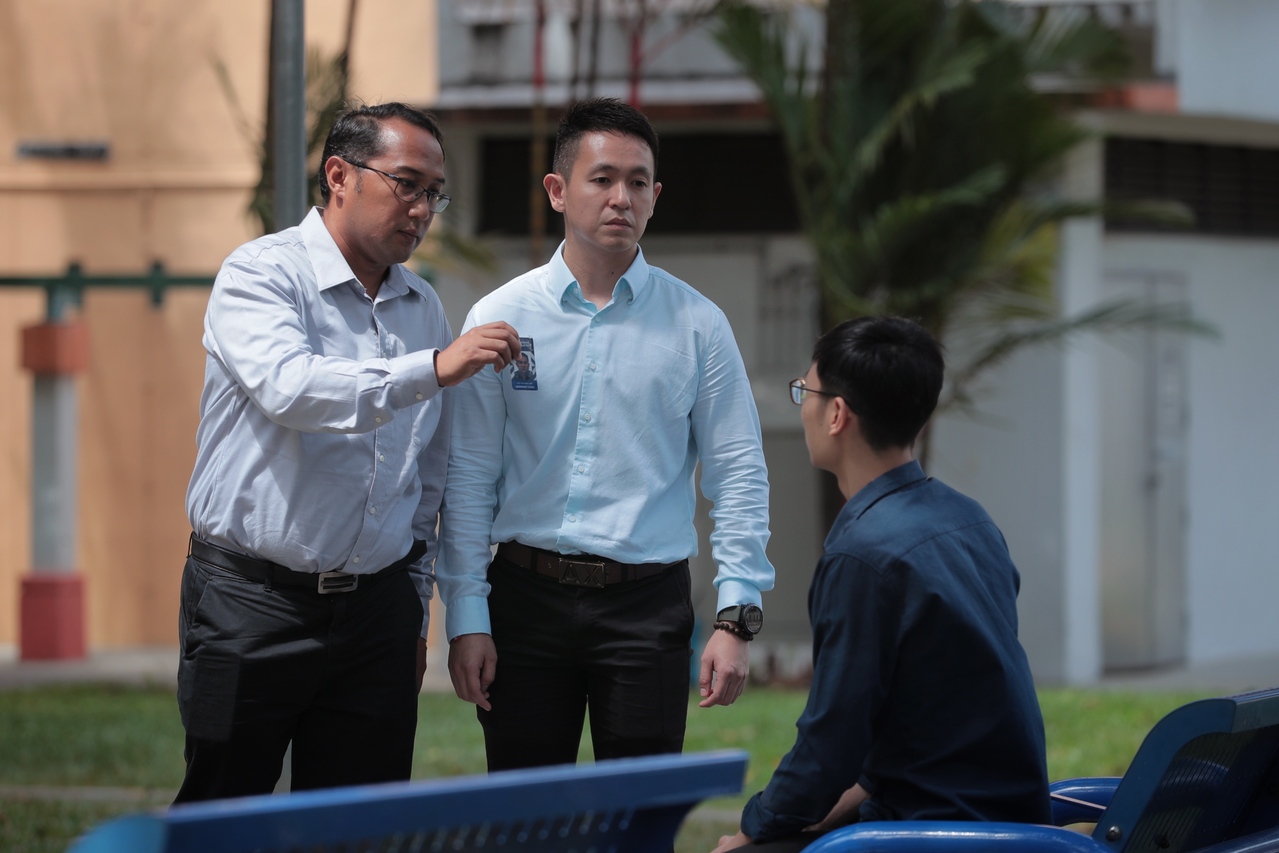Why contact tracing is critical in identifying and stemming coronavirus clusters
Sign up now: Get ST's newsletters delivered to your inbox

Contract tracing tells a story of whether there was a single source that can be contained, or there are multiple unlinked cases.
ST PHOTO: JASON QUAH
Follow topic:
Groups of linked coronavirus cases have emerged in places such as pubs, schools and dormitories, with almost half of all the known local Covid-19 clusters appearing in the last two weeks.
Singapore has had 14 clusters since Jan 23, when the first confirmed infection was reported in the country, with six of the clusters emerging only in the last 10 days. Some of the 14 have been closed - when all the transmission chains are deemed to be broken and no further infections arise from them.
Contact tracing has been critical in identifying and stemming clusters. Being able to join together seemingly random dots into a connected network provides an understanding of how the infection is being transmitted in the country, Professor Teo Yik Ying, dean of the National University of Singapore's Saw Swee Hock School of Public Health, explained.
It tells a story of whether there was a single source that can be contained, or there are multiple unlinked cases.
The former scenario would be more encouraging because it means there is a very good likelihood that the outbreak can be contained, while the latter is indicative of deep-seated community transmission, Prof Teo said.
If the clusters are known, targeted responses to these clusters can be made, said visiting professor Annelies Wilder-Smith of Nanyang Technological University's Lee Kong Chian School of Medicine.
Associate Professor Hsu Li Yang, who leads the Saw Swee Hock School of Public Health's infectious diseases programme, said: "Each cluster and its location also tells us about where the virus is spreading and the at-risk groups of people, some of whom might belong to vulnerable groups."
The nature of the setting also affects the speed and extent of the spread, experts said, with some clusters spreading slowly over long periods of time while others grow rapidly.
Some clusters grow over a longer period of time, if there is subsequent transmission from the index cases to their primary contacts, such as people in the same location or workplace. "This may subsequently spread to secondary and tertiary contacts - such as family members and friends," said Prof Teo.
In clusters that flare up rapidly with many cases within a short period of time, the question is whether enough time has passed for secondary and tertiary spread to emerge, he said.
With mass events being halted, the risk of large clusters has decreased significantly, said Prof Hsu.
"Instead of looking at the number of days the cluster has existed, which can vary depending on the incubation period for each person, it is more important to look at how many generations of transmission there have been within each cluster," he added. A generation of transmission refers to the people who have been infected by the same source.
Should the number of clusters continue to rise at a sharp rate in the coming days, it would be a sign of increasing community transmission, experts said.
"Singapore has done well in identifying clusters. As soon as a new cluster forms, everything needs to be done to break transmission from that cluster. Clusters that grow quickly are more worrying as it will be harder to break the chains of human-to-human transmission," Professor Wilder-Smith added.

